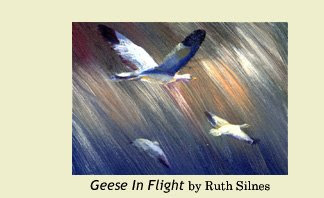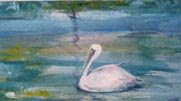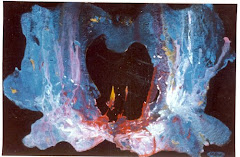Check art supply catalogs to learn about the different mediums and decide whether you want to use colored pencils, crayon, watercolor, oil, or acrylic. Catalogs explain about the different mediums. You can also get good information by going to manufacturers of art materials on the Internet.
To paint in any medium you need to know something about color. Most of you are familiar with the color wheel. The basic colors in the color wheel are red, yellow and blue. If you mix red with yellow you get orange; yellow with blue you get green; blue with red and you will get purple. You can get by with using these few colors plus black and white.
 It is good practice to mix the colors yourself, but it isn’t necessary.
It is good practice to mix the colors yourself, but it isn’t necessary.Paint companies offer an abundance of beautiful colors, as well as a large quantity of fine paper with textures from slick hot-press to extreme roughness. Experiment with them to find the ones that are right for you.
Don’t let the lack of paper keep you from drawing, draw on anything -- a paper bag, newspaper, or a box. A wrinkled piece of paper may even provide an interesting surface.
It is easy to get enwrapped in what you are doing and forget to step away to see it at a distance. If you stand or lean against a high stool when painting, you will be more likely to step away often, to get a better perspective of your painting.
If an accidental mishap occurs, it may be your best friend. Take advantage of it and make adjustments with your intuitive feelings.
Frame your drawing with a mat to see how much better your picture will look.
In the event you are stuck for an idea, do something different -- read art magazines, a book; go for a walk; or revise older work. When you stop thinking about it, the solution will come to you.
Don’t belabor an idea -- keep reaching and experimenting. As the mind wanders, new theories are born. A color or sound, or a feeling may spur a thought.
I keep National Geographic Magazines in case I need to know how something looks that I have never seen.












No comments:
Post a Comment